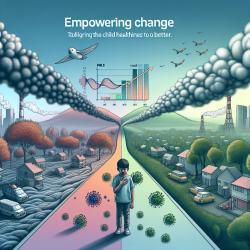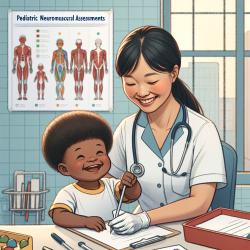Empowering Change: Understanding PM2.5's Impact on Influenza
As practitioners dedicated to improving child health outcomes, it's crucial to stay informed about environmental factors that can impact our work. A recent study, "PM2.5 in Beijing – temporal pattern and its association with influenza," provides valuable insights into how air pollution, specifically PM2.5, correlates with influenza cases. Understanding these findings can guide us in making data-driven decisions to enhance our therapeutic approaches and advocate for healthier environments for children.
The Study's Key Findings
The study conducted in Beijing from 2008 to 2013 revealed a significant association between PM2.5 levels and influenza cases. PM2.5, fine particulate matter with a diameter of less than 2.5 micrometers, was found to be significantly higher than the standards set by the World Health Organization and other agencies. This high level of pollution was particularly pronounced during the winter heating seasons.
Importantly, the study identified a delayed effect of PM2.5 peaks on the increase in influenza cases. This suggests that elevated PM2.5 levels could exacerbate flu symptoms, leading to increased cases of influenza in the population.
Implications for Practitioners
For speech-language pathologists and other child health practitioners, these findings underscore the importance of considering environmental factors in our assessments and interventions. Here are some ways to integrate this knowledge into practice:
- Awareness and Education: Educate families about the potential impact of air pollution on respiratory health and provide strategies to minimize exposure, such as using air purifiers and avoiding outdoor activities on high pollution days.
- Collaborative Advocacy: Work with local schools and communities to advocate for policies that reduce air pollution and improve air quality, particularly in areas with high PM2.5 levels.
- Research and Monitoring: Encourage further research on the impact of PM2.5 on child health and support initiatives that monitor air quality and its health implications.
Encouraging Further Research
While this study provides a foundational understanding of the link between PM2.5 and influenza, more research is needed to explore the mechanisms behind this association and its broader implications for public health. Practitioners can play a pivotal role in supporting and conducting research that delves deeper into how environmental factors affect child health outcomes.
To read the original research paper, please follow this link: PM2.5 in Beijing – temporal pattern and its association with influenza.










